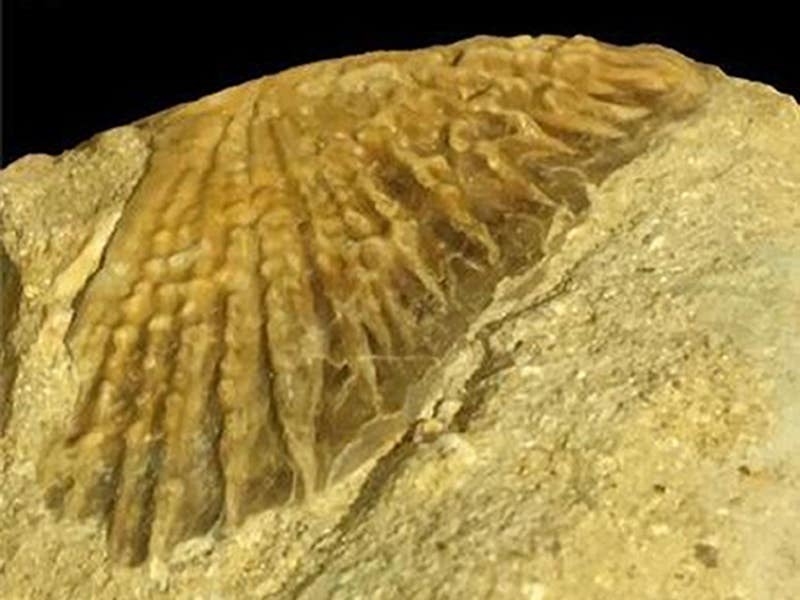A fossil of a sturgeon estimated to be more than 66 million years old is the first to be found in Africa.
The sturgeon, declared a “royal fish” by King Edward II in 1324, was previously thought to have only lived in the cooler waters of the northern hemisphere, excluding Africa.
But now this specimen has been discovered in Morocco by University of Portsmouth palaeontologist Professor David Martill.

He said: “I found a piece of rock with bucklers – the bony external plates found on these heavily armoured fish – and I knew straight away it was a sturgeon.
“It was a surprising discovery because all sturgeon species have been exclusively found in the northern hemisphere in the past.
“They’ve been located in North America, Europe, Russian Asia, Chinese Asia, but never in South America, Australia, Africa or India, which are the land masses that made up Gondwana, a supercontinent that existed around 336 million years ago and began breaking up around 150 million years ago.”
Sturgeons have long been valued for their meat and roe, which is eaten as caviar, but, as a result of overfishing along with habitat loss, many species are critically endangered, with several are on the verge of extinction in the wild.
Prof Martill said: “Russian beluga caviar is one of the most expensive in the world. Little did we know that at one time an extremely rare African sturgeon could have been a source of this delicacy.”

They can grow up to 23ft (7m) in length and have been recorded to reach a weight of 1.5 tonnes.
In 1324, King Edward II declared them to be royal fish and any found in the waters around England and Wales are technically still owned by the British monarchy, along with whales and dolphins.
Prof Martill said the oldest example was found on Dorset’s Jurassic Coast, and added: “This new Moroccan species complicates models of the location of the origin of this important group of fish that is typically so widespread in the northern hemisphere.”
The specimen, whose discovery is recorded in the journal Cretaceous Research, is now in the collection of the University King Hassan II in Casablanca.






